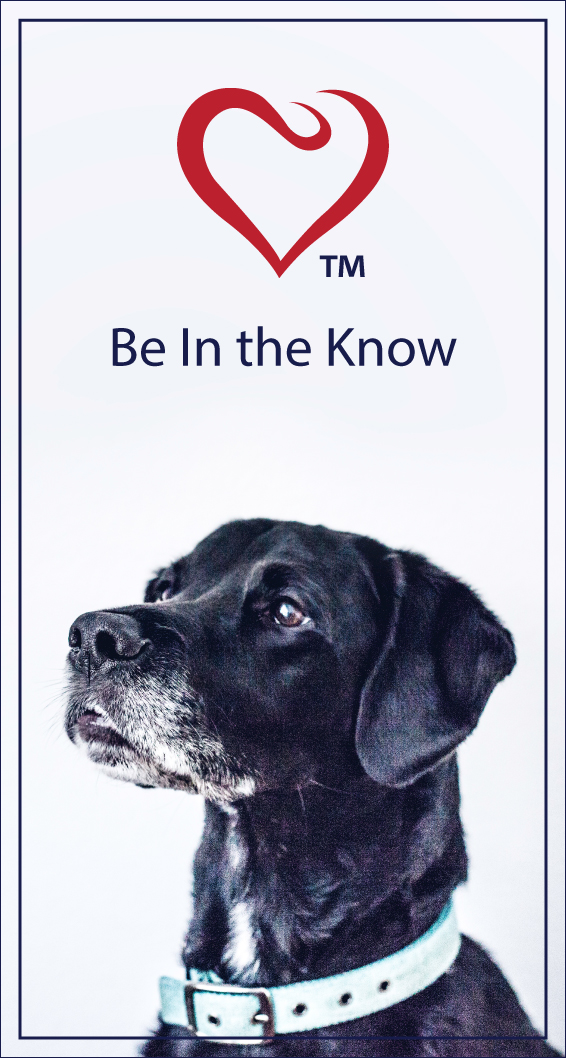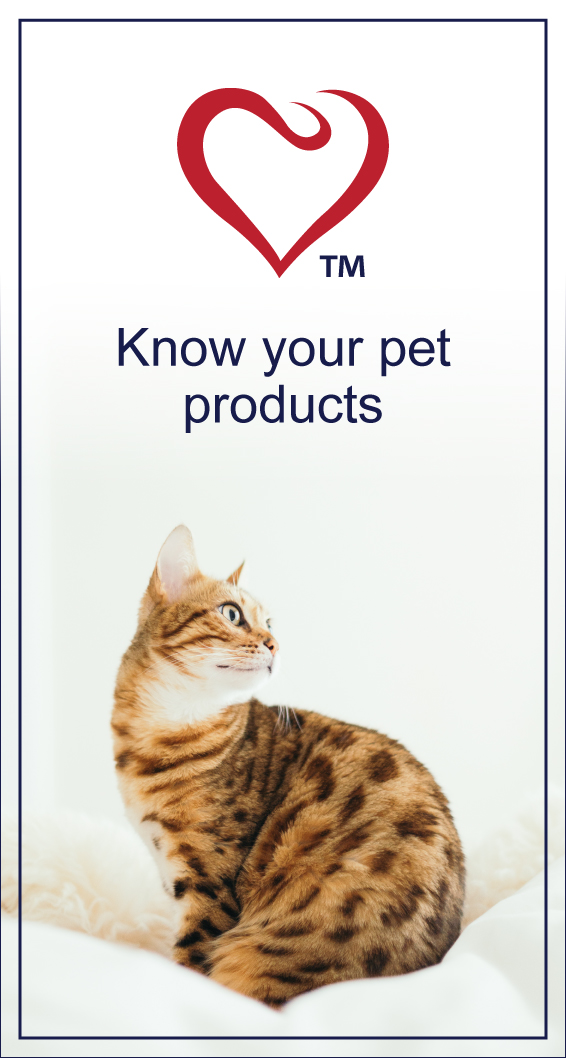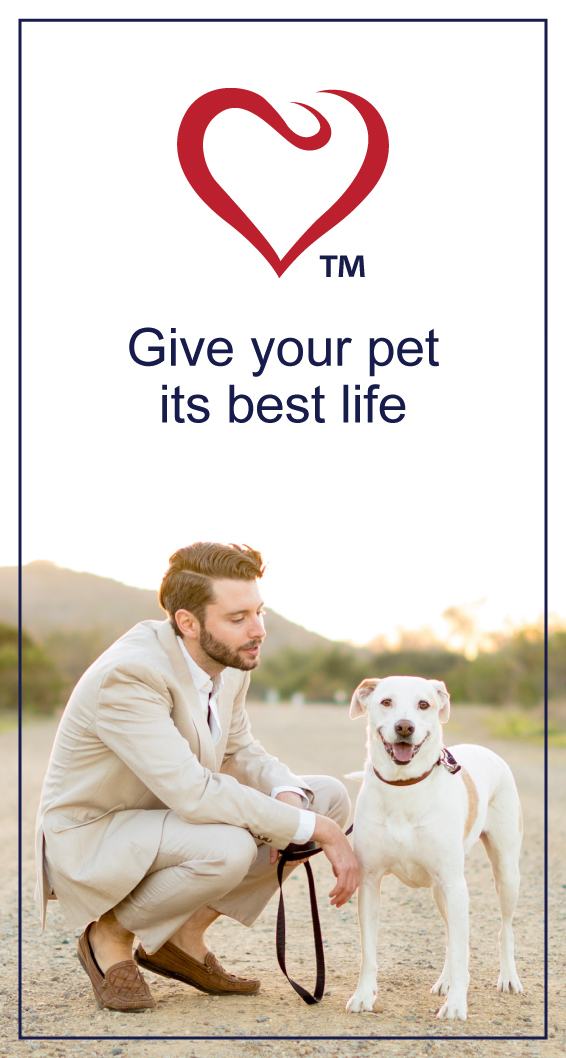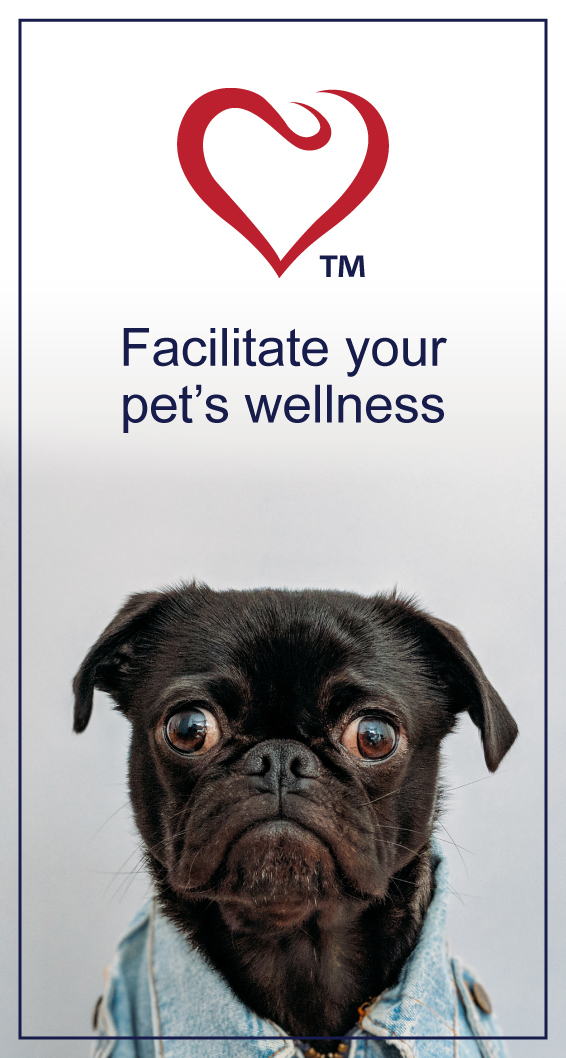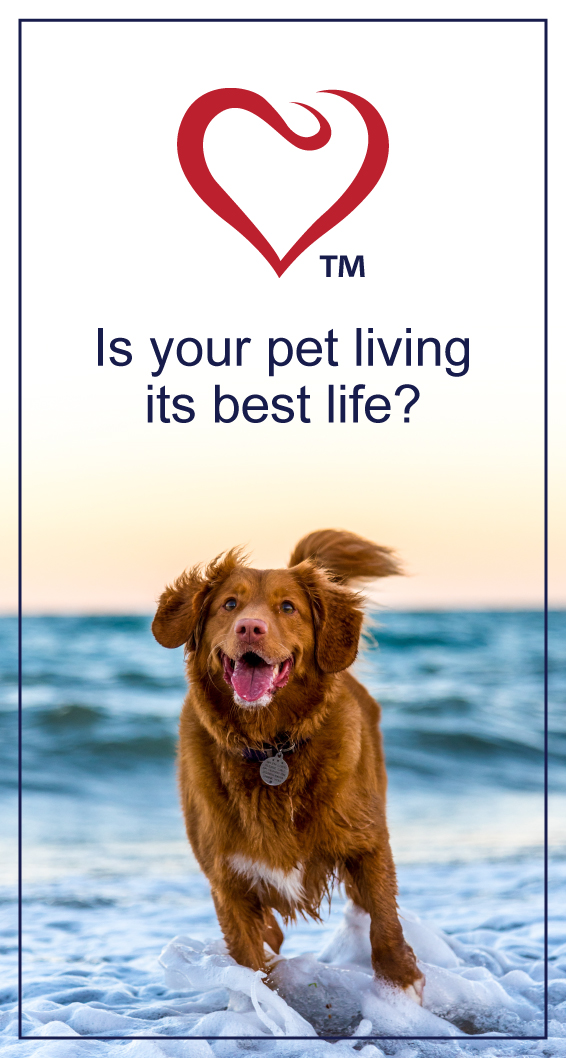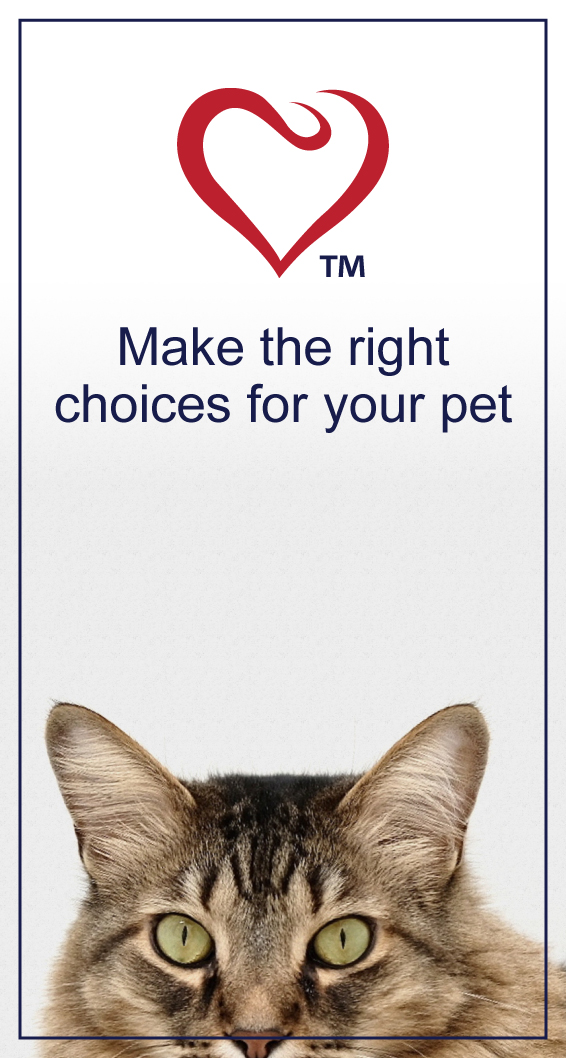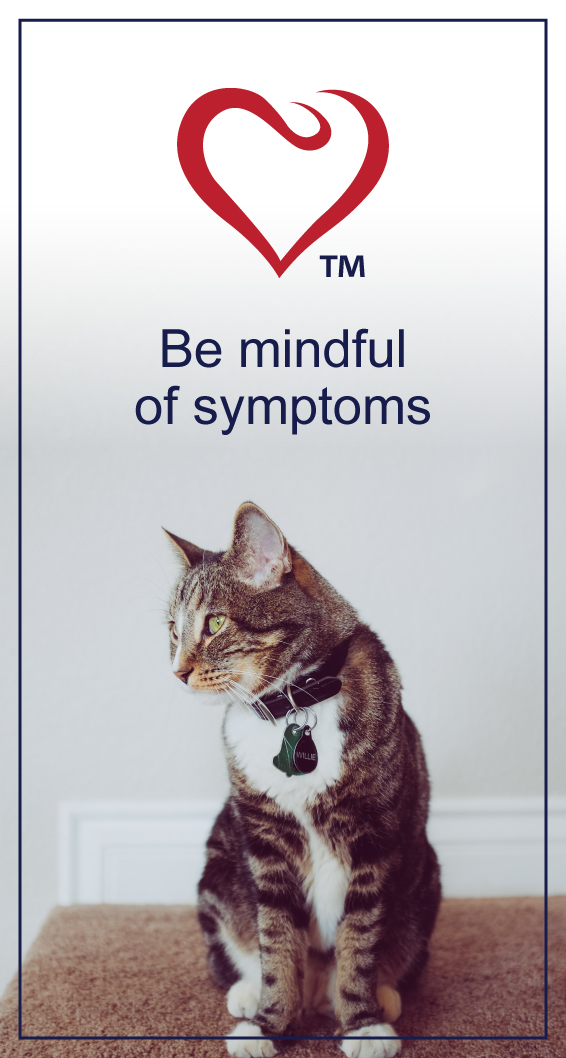
TRENDING
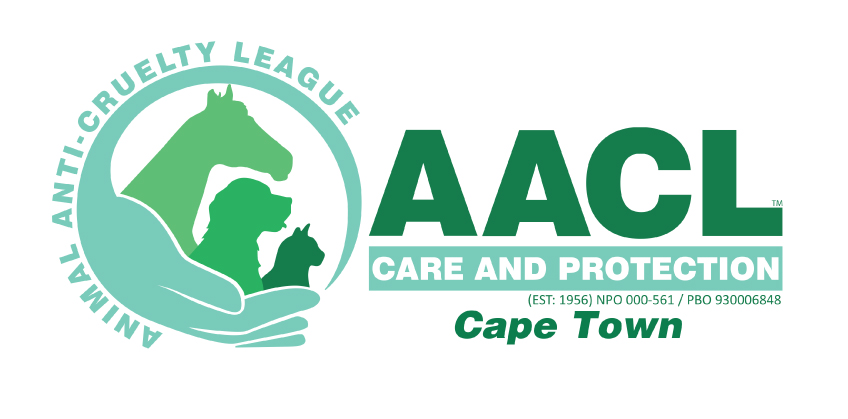
We’re excited and honoured to feature South Africa’s second largest independent animal welfare organisation on PetlifeSA.
Winter Dehydration In Pets
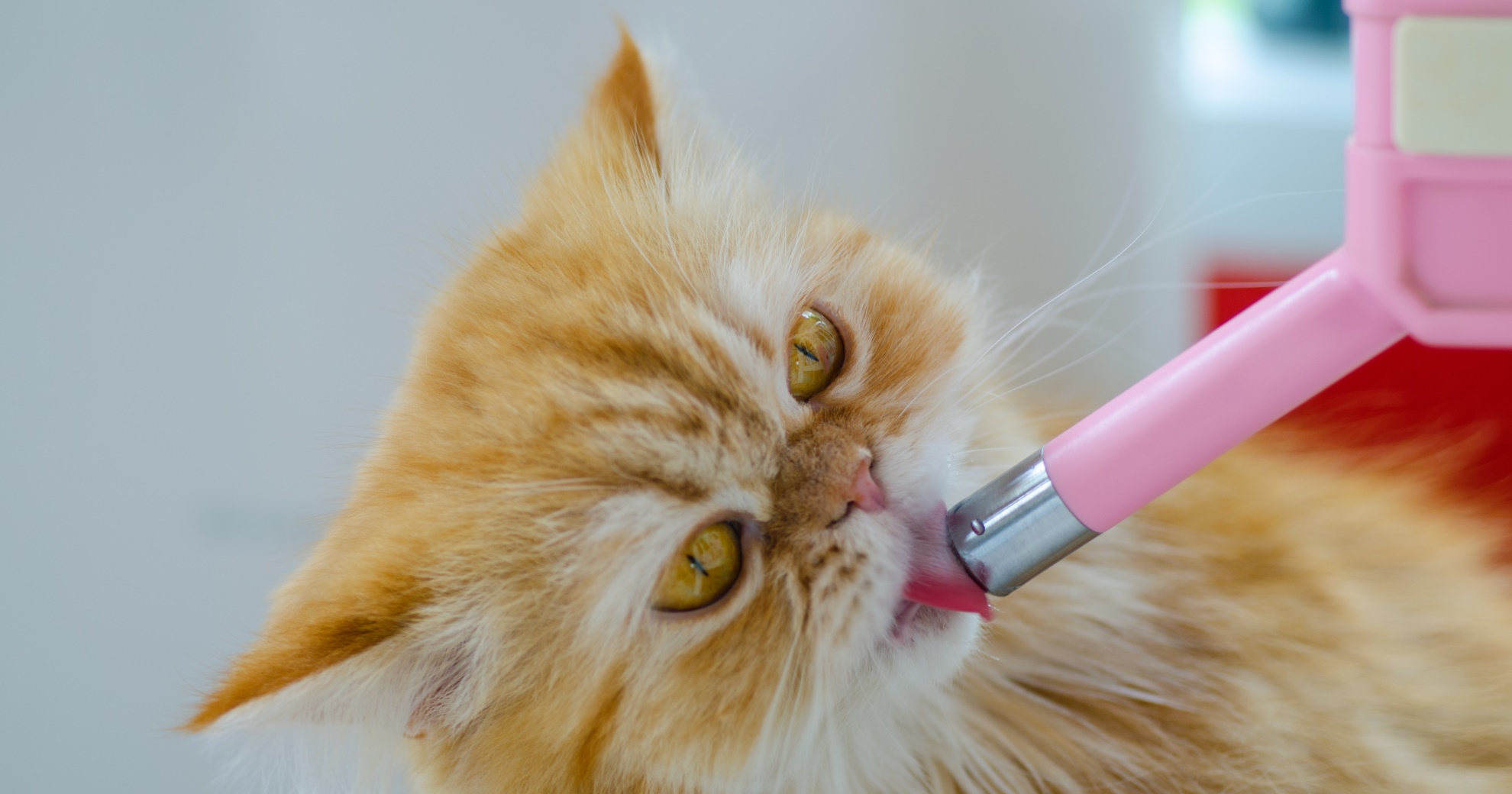
This article sets out to answer some crucial pet hydration FAQs.
- What is winter dehydration in dogs and cats?
- Why is winter dehydration in dogs and cats an important issue?
- What are the signs of winter dehydration in dogs and cats?
- How is dehydration in dogs and cats generally treated?
- What can I do to prevent dog or cat dehydration?
How Winter Dehydration Happens:
The cold outdoor temperatures mean less activity, which is the usual thirst trigger. Add to this when the heaters are switched on the air indoors dries and, with overheating, can cause dehydration.
Drinking enough water is essential for all living organisms, particularly mammals. H2O plays a vital role in regulating body temperature, as it helps dissipate heat through panting and sweating. It helps transport nutrients throughout the body, ensuring that cells receive the nourishment they need to function properly and ensures that electrolytes are optimally balanced. It also helps eliminate waste products through urination and defecation. In addition, water helps lubricate joints, reducing the risk of joint problems and improving mobility. It provides a cushion for organs, protecting them from damage. Finally, water helps maintain a healthy skin and coat, preventing dryness and flakiness.
Dehydration in Animals:
Dehydration can have grave consequences for pets. When an animal becomes dehydrated, its body loses more fluid than it takes in, leading to a range of symptoms.
These can include:
- lethargy
- loss of appetite
- sunken eyes
- dry mouth and nose
- decreased skin elasticity
- fast breathing
- fast heart rate
- low blood pressure
- fever
- little or no urine
- irritability
- drowsiness
- confusion
Even mild dehydration can reduce brain function, affect psychomotor skills, and alter mood and energy levels. In severe cases, dehydration can lead to organ failure and even death. It’s important to monitor your pet’s water intake and ensure they are drinking enough to prevent dehydration.
If you notice any signs of extreme dehydration in your pet, it’s important to seek veterinary care.
The most extreme form of dehydration accompanies a rabies infection. Hydrophobia, or fear of water, is a state that can occur in infected animals. It was historically referred to as hydrophobia due to the appearance of panic when offered fluids to drink. The fear of swallowing anything, including water, is known as dysphagia. The accompanying tendency to drool excessively happens because the rabies virus has evolved to infect as many victims as possible.
Keeping Dogs and Cats Hydrated:
It’s important to provide dogs and cats with access to fresh, clean water at all times. Pets should have their own water bowls, which should be cleaned regularly to prevent the growth of bacteria. In hot weather or during exercise, pets may need more water than usual. It’s also a good idea to monitor your pet’s water intake to ensure they are drinking enough. Some pets may prefer drinking from a fountain or running water, so it is often worth providing these.
Tips on Keeping Your Pet Hydrated:
- Always provide access to fresh, clean water
- Monitor your pet’s water intake
- Clean drinking bowls regularly
- Consider investing in a pet fountain
- Provide extra water in hot weather or during exercise
- Offer wet food as an additional source of hydration
Cats and dogs have simple strategies for keeping warm in wintry weather, but all can cause excessive loss of fluids. Under extremely overheated conditions a cat may pant, but unlike canines who pant to cool themselves, a cat’s panting signals dangerous overheating or a serious disease.
So, in winter it is just as crucial as it is in the summer to ensure that your pet drinks sufficient water.
By following these tips and ensuring that our pets stay hydrated, we can help them live happy and healthy lives.
Consult with your veterinarian if you notice any concerning changes in your pet’s drinking habits.
Related Article
The Importance Of Pet Hydration Read Now
